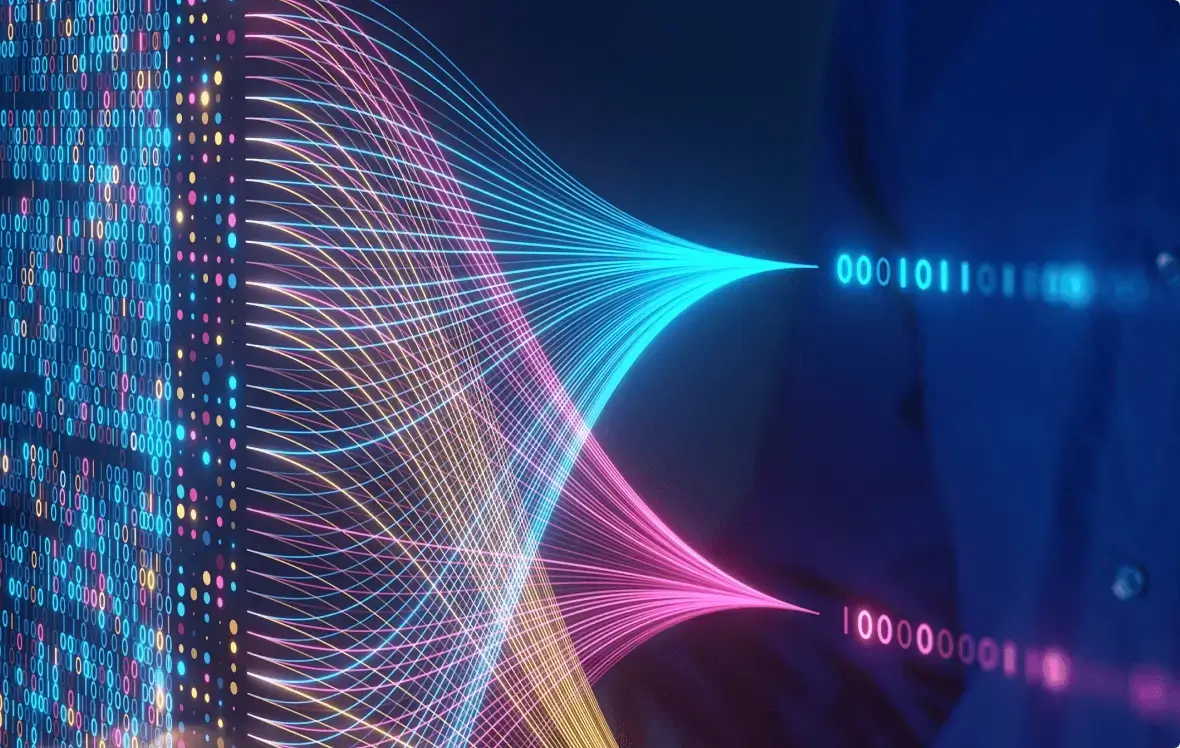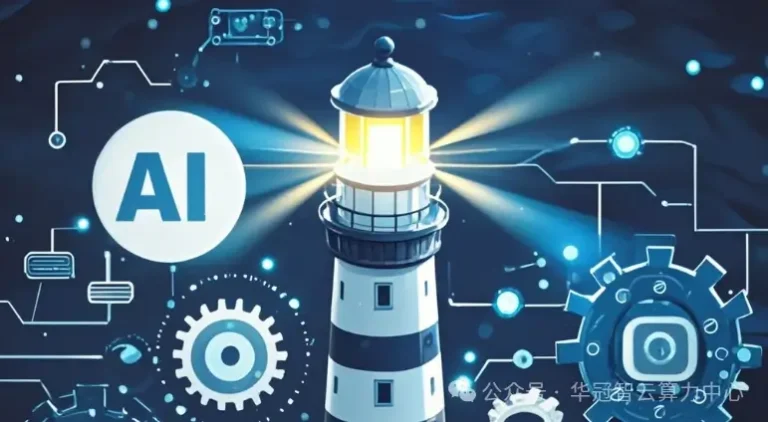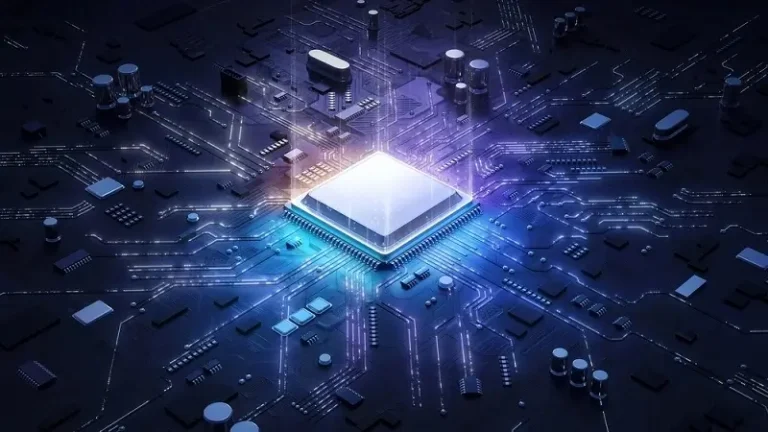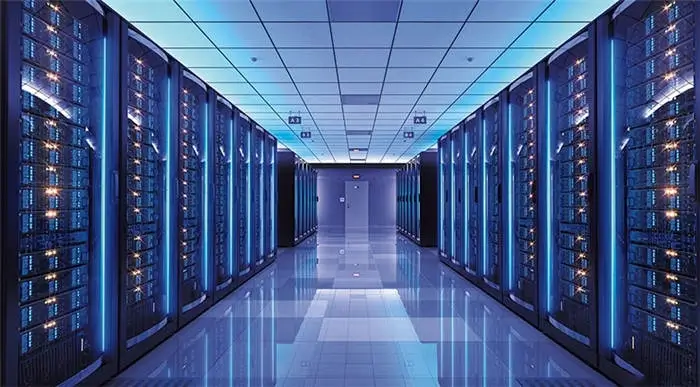1. Эволюция вычислительной мощности: от человеческого интеллекта к цифровой революции
«Вычислительная мощность» стала модным словом в современном технологичном мире — яркой звездой, освещающей путь в цифровое будущее. Но что именно она означает?
В своей основе вычислительная мощность — это способность обрабатывать информацию и получать желаемые результаты, то есть рассчитывать, анализировать и решать задачи. Именно она лежит в основе всего — от решения математических уравнений до обучения моделей искусственного интеллекта.
Интересно, что сами люди — естественные носители вычислительной мощности. Наш мозг — один из самых мощных процессоров в природе. На протяжении всей жизни мы выполняем бесчисленное количество вычислений — от устного счёта и логических рассуждений до повседневных решений.
Подумайте сами: когда вы считаете что-то в уме или прикидываете сумму покупок в магазине, вы используете свою врождённую вычислительную мощность. Однако одного человеческого интеллекта недостаточно, когда дело доходит до высокой сложности и масштабов.
Поэтому мы начали искать внешние инструменты, чтобы расширить свои возможности.
В древности люди использовали верёвки и камни в качестве примитивных счётных приспособлений. Несмотря на свою простоту, именно эти инструменты ознаменовали начало нашего пути к расширению вычислительных возможностей.
С развитием цивилизации появились более совершенные инструменты — такие как счётные палочки и абак, — которые значительно повысили нашу способность к вычислениям и организации информации.
Затем наступил поворотный момент в XX веке.
В феврале 1946 года мир стал свидетелем рождения ENIAC — первого цифрового электронного компьютера. Это было технологическое событие, ознаменовавшее начало эпохи современных вычислений.
Как вспышка молнии, разрезающая ночь, он провозгласил, что человеческая вычислительная мощность официально вступила в эпоху цифровой электроники.
С тех пор развитие полупроводниковых технологий было словно весенний ветерок, давший начало эпохе чипов, которые постепенно стали главным носителем вычислительной мощности.
1958年.webp)
1970–1980-е годы: инновации в области чипов и рост персональных компьютеров
В 1970–1980-х годах технологии создания чипов развивались с поразительной скоростью под влиянием закона Мура. Вычислительная мощность стремительно возрастала, а размеры чипов значительно уменьшались. Эти инновации привели к миниатюризации компьютеров и, в конечном итоге, к появлению персонального компьютера (ПК).
В 1981 году компания IBM выпустила IBM 5150, широко признанный первым настоящим персональным компьютером в мире. Его значение выходило за рамки аппаратного обеспечения — он символизировал новую эпоху, когда вычислительная мощность перестала быть прерогативой крупных корпораций. Вместо этого IT-возможности стали доступны отдельным людям, малому бизнесу и домохозяйствам, открывая дверь в информационную эпоху для всех.
С помощью ПК люди ощутили улучшение как качества жизни, так и производительности труда. Что ещё важнее, широкое распространение персональных компьютеров заложило основу для стремительного роста Интернета.
XXI век: облачные вычисления меняют ландшафт вычислительной мощности
На рубеже XXI века появилось cloud computing, что вызвало очередной сейсмический сдвиг в том, как вычислительная мощность предоставляется и используется.
До появления single-point computing человечество было ограничено её возможностями. Даже более ранние распределённые модели — такие как grid computing — испытывали трудности с удовлетворением растущего спроса на крупномасштабные вычислительные нагрузки.
Облачные вычисления стали прорывом в области распределённых вычислений. Они выступали как super-manager, объединяя разрозненные вычислительные ресурсы в виртуальный, бесконечно масштабируемый пул ресурсов.
В рамках этого общего пула CPU, память, хранилище, GPU и другие вычислительные компоненты работают вместе без сбоев. Когда пользователям требуется вычислительная мощность, ресурсы выделяются динамически в зависимости от спроса. Пользователи платят только за то, что используют, что исключает необходимость создавать и поддерживать дорогостоящие дата-центры.
По сравнению с собственной инфраструктурой облачные вычисления обеспечивают значительные преимущества в гибкости, экономической эффективности и масштабируемости. Это стало переломным моментом, сделав передовые вычислительные возможности доступными для гораздо более широкой аудитории и стимулировав цифровую трансформацию почти во всех отраслях.
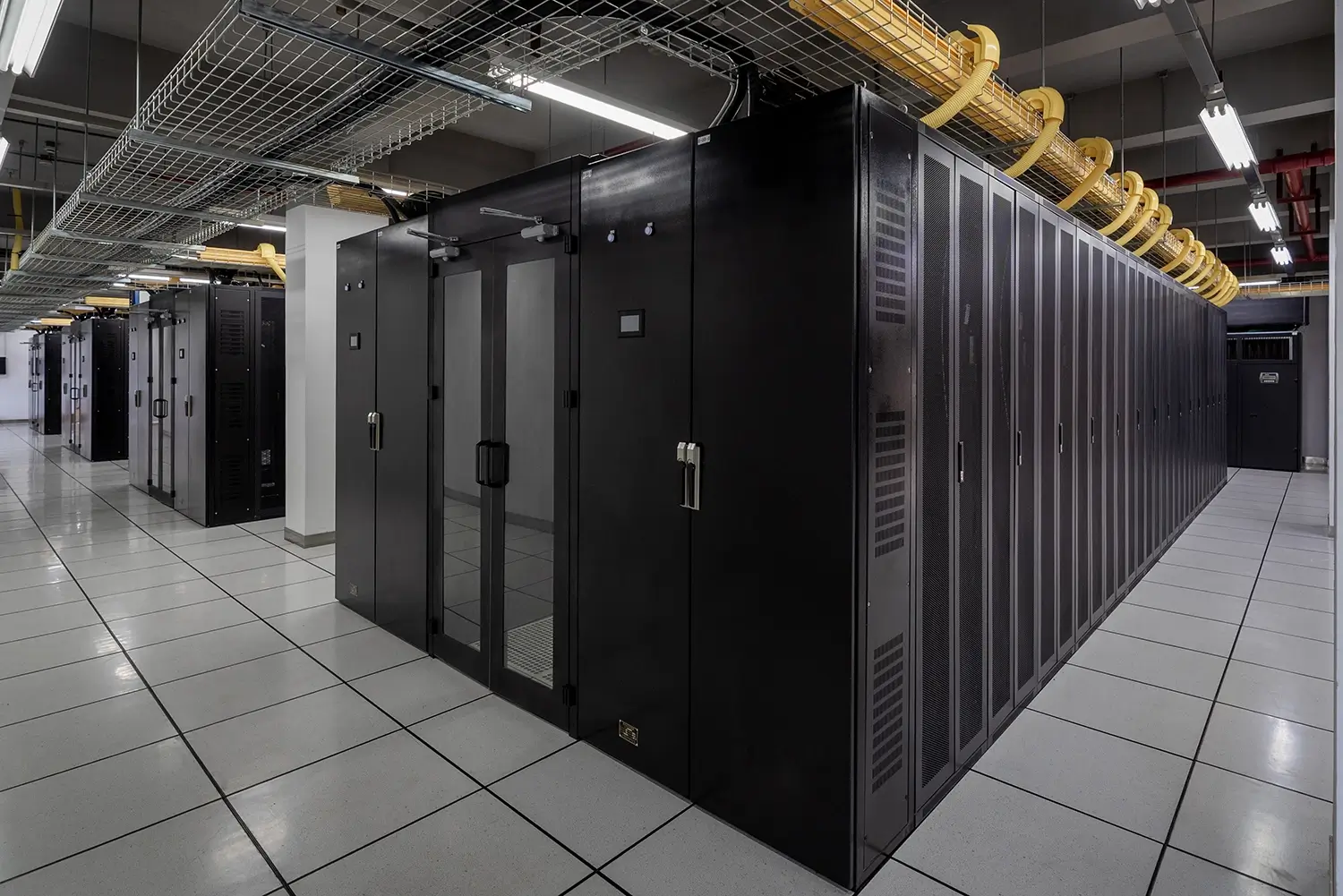
С облачной трансформацией вычислительной мощности дата-центры стали основным носителем вычислительной мощности, а масштаб человеческих вычислений достиг нового скачка.
2. Разнообразие вычислительной мощности: классификация и области применения
В современной цифровой эпохе облачные вычисления и дата-центры процветают — благодаря углублению процессов информатизации и цифровой трансформации. За этим бумом стоит мощный рост спроса на вычислительную мощность во всех сферах общества.
Эти разнообразные потребности создают яркую мозаику применений вычислительной мощности, охватывающую потребительские технологии, промышленность и управление городами.
Два основных типа: универсальная и специализированная вычислительная мощность
Чтобы удовлетворить эти разнообразные потребности, вычислительная мощность развилась в несколько категорий. Основное разделение — между универсальными вычислениями и специализированными вычислениями, которые в первую очередь различаются типом используемых чипов.
-
Универсальные чипы (например, CPU на базе архитектуры x86) — это своего рода универсалы. Они способны выполнять широкий спектр задач с гибкостью, но обычно потребляют больше энергии.
-
Специализированные чипы, включая FPGA (программируемые вентильные матрицы) и ASIC (интегральные схемы специального назначения), можно сравнить с элитными специалистами в конкретных областях.
FPGA можно перепрограммировать на уровне аппаратного обеспечения для выполнения различных задач, что обеспечивает баланс между гибкостью и производительностью, тогда как ASIC разрабатываются с нуля под конкретные цели — большинство алгоритмов в них зашито непосредственно в кремний. Несмотря на высокую эффективность, ASIC имеют ограниченное применение и подходят только для строго определённых задач.
Практический пример: майнинг криптовалюты
В первые годы люди добывали биткойны на ПК с использованием универсальных CPU. По мере роста сложности майнинга они перешли на GPU. Однако энергопотребление стало серьёзной проблемой — доход от майнинга часто не покрывал расходы на электроэнергию. В результате майнеры начали использовать более энергоэффективные кластеры на базе FPGA и ASIC, оптимизируя процесс как с точки зрения производительности, так и затрат.
Вычисления в дата-центрах: универсальные и высокопроизводительные
Современные дата-центры обрабатывают два основных типа вычислительных нагрузок: универсальные вычисления и высокопроизводительные вычисления (HPC). HPC, в свою очередь, делится на три основные категории:
(1) Научные вычисления
Область, полная сложности и загадок, научные вычисления поддерживают такие дисциплины, как физика, химия, науки об окружающей среде, науки о жизни, разведка нефти и астрономия. Эти области исследований генерируют колоссальные объёмы данных.
Возьмём, к примеру, разведку нефти и газа — это можно сравнить с КТ-сканированием всей планеты. Один такой проект может генерировать более 100 терабайт необработанных данных, а иногда и свыше 1 петабайта. Для извлечения ценных выводов из таких объёмов информации требуется колоссальная вычислительная мощность.
(2) Инженерные вычисления
Это включает в себя компьютерное проектирование (CAE), компьютерное производство (CAM), автоматизацию электронного проектирования (EDA) и электромагнитное моделирование. Эти приложения похожи на взаимосвязанные шестерёнки — точные, синхронизированные и требующие больших вычислительных ресурсов.
(3) Интеллектуальные вычисления (ИИ)
В настоящее время это самая заметная и ресурсоёмкая категория вычислений: интеллектуальные вычисления включают машинное обучение, глубокое обучение и аналитическую обработку данных.
ИИ — настоящий «тяжеловес вычислений» — его потребность в вычислительной мощности огромна. Это связано с использованием таких операций, как умножение матриц и векторная арифметика, которые требуют высокоспециализированных вычислительных ресурсов. Здесь универсальные CPU часто не справляются.
В результате GPU и специализированные AI-чипы стали основой вычислений в области ИИ. Изначально созданные для графической обработки, GPU обладают тысячами логических ядер, что позволяет им выполнять параллельные операции над большими массивами данных — что делает их идеальными для задач ИИ.
Умные вычислительные центры и специализированное оборудование
Для поддержки развития ИИ правительства и компании создают центр обработки данных с фокусом на ИИ (или «умные вычислительные центры») по всей стране. Эти центры посвящены интеллектуальным вычислениям. Между тем, суперкомпьютерные центры, такие как Tianhe-1A, справляются с огромными научными и инженерными задачами.
Современные облачные дата-центры обычно обрабатывают смесь универсальных и высокопроизводительных задач, включая гетерогенные вычисления с использованием различных типов чипов. С ростом требований к производительности всё чаще применяются специализированные чипы, такие как TPU, NPU и DPU.
Перенос вычислительных задач на специализированные чипы
Концепция переноса вычислений набирает популярность. Она заключается в передаче отдельных задач — таких как виртуализация, сжатие данных, шифрование и передача — с CPU на специализированные чипы, например, NPU и DPU, что снижает нагрузку на универсальные процессоры.
В то же время передовые вычислительные технологии — такие как квантовые вычисления и фотонные вычисления — начинают появляться. Хотя они ещё находятся на ранних стадиях, они обладают большим потенциалом и заслуживают пристального внимания.
3. Измерение вычислительной мощности: метрики и тенденции
Вычислительная мощность, как и вес или расстояние, будучи формой «способности», требует стандартных единиц измерения.
Распространёнными единицами измерения являются FLOPS, TFLOPS, GFLOPS и другие. Они отражают количество операций с плавающей точкой, которые система может выполнить за секунду. Дополнительные метрики включают MIPS, DMIPS и OPS, в зависимости от конкретного применения и типа процессора.
Точность вычислений с плавающей точкой также варьируется:
-
FP16 (половинная точность)
-
FP32 (одинарная точность)
-
FP64 (двойная точность)
Каждый из них предлагает свой баланс между скоростью, точностью и энергопотреблением.
Тренд: Взрывной рост вычислительных мощностей для ИИ и ВВП
Согласно GIV (Глобальному отраслевому прогнозу) компании Huawei, к 2030:
-
Универсальные вычислительные мощности (FP32) вырастут в 10 раз и достигнут 3,3 ZFLOPS
-
Вычислительные мощности для ИИ (FP16) вырастут в 500 раз и достигнут 105 ZFLOPS
Эта поразительная разница свидетельствует о масштабной трансформации глобального вычислительного ландшафта, где интеллектуальные вычисления стремительно становятся доминирующей силой.
4. Настоящее и будущее вычислений: возможности и вызовы
В 1961 году Джон Маккарти, «отец ИИ», представил концепцию Utility Computing — вычислительных услуг, предоставляемых как общественные блага. Сегодня эта идея стала реальностью.
Вычисления сейчас так же необходимы, как электричество и вода, а дата-центры и коммуникационные сети стали базовой инфраструктурой. На протяжении десятилетий IT и телекоммуникационные отрасли внесли огромный вклад в развитие общества, реализуя эту концепцию.
Сегодня вычислительная мощность вышла за рамки технологии — это экономическая и философская категория. Она лежит в основе цифровой трансформации и служит ключевой производительной силой цифровой экономики.
Правительства, предприятия и даже отдельные люди зависят от вычислений в повседневной деятельности. В области национальной безопасности, обороны и научных исследований вычисления являются незаменимыми. Мощность вычислительных ресурсов страны напрямую влияет на её экономическое развитие и уровень технологического прогресса.
Глобальная гонка за вычислительной мощностью
Во всём мире существует очевидная связь между вычислительными мощностями и экономическим развитием. Чем мощнее вычислительная инфраструктура страны, тем сильнее её инновационный потенциал и конкурентоспособность.
Это вызвало глобальную гонку — без дыма, но с высокими ставками.
5. Взгляд в будущее: наступает новая эра вычислений
По мере ускорения информатизации, цифровизации и развития интеллектуальных технологий мы вступаем в эпоху вездесущей интеллектуальной связности.
Рост умных IoT-устройств и приложений на базе ИИ создаст невообразимые объемы данных, стимулируя спрос на ещё большую вычислительную мощность.
В эту новую эпоху возможностей и вызовов на горизонте маячит новая вычислительная революция. Нехватка передовых вычислительных чипов представляет собой одновременно вызов и возможность для инноваций.
По мере развития вычислительной инфраструктуры мы стоим на пороге новой цифровой весны. И каждый из нас — разработчики, предприниматели, пользователи — станет одновременно свидетелями и участниками этого преобразующего пути.
